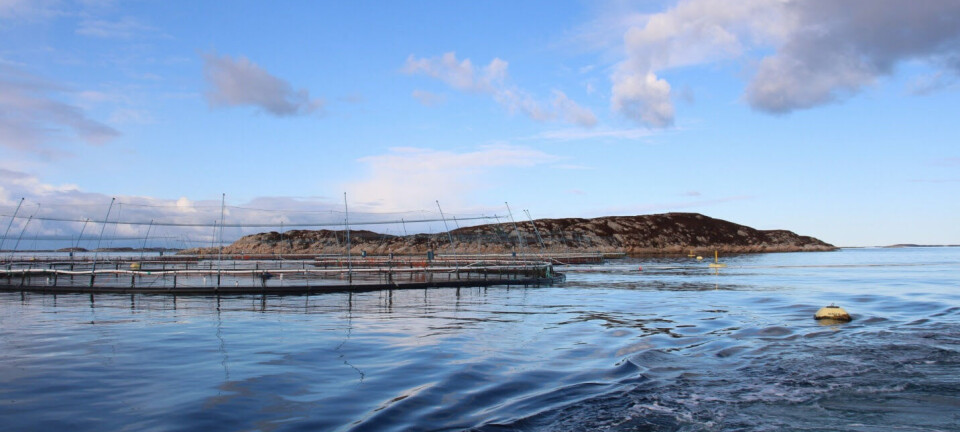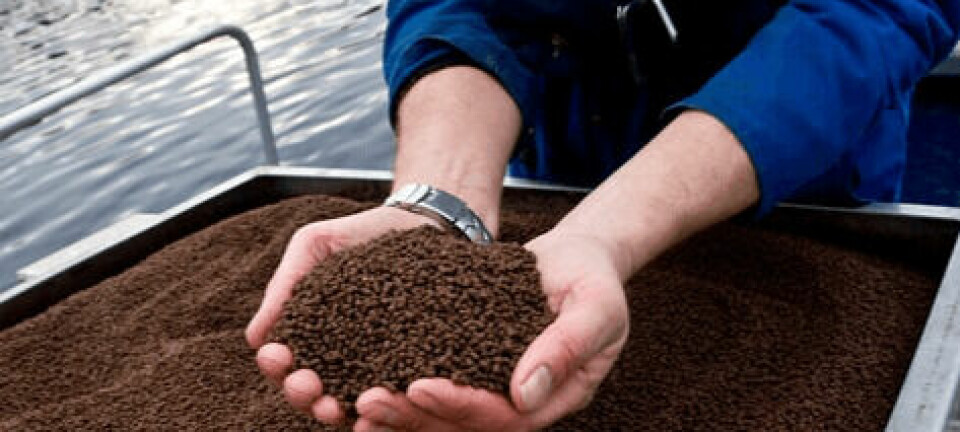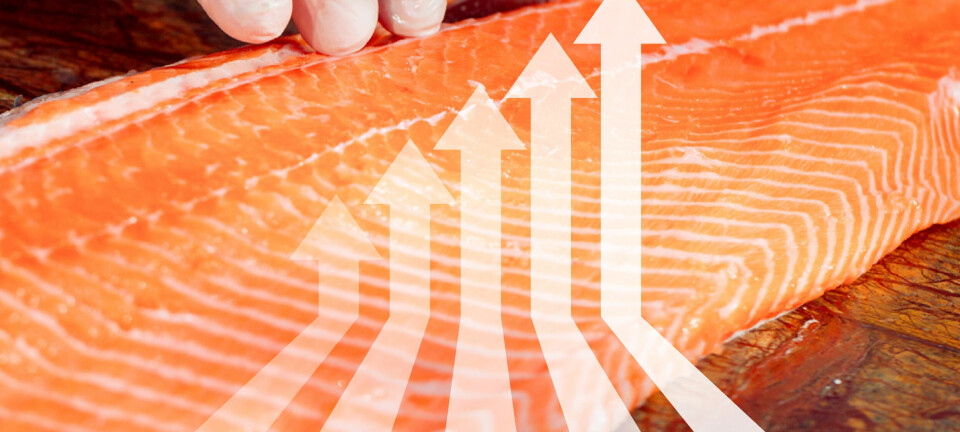
Salmon biology conference to be held in Vancouver
“Biotechnology (not Genetic modification such as that being used by AquaBounty) has made significant contributions to salmon farming over the years”, said Petter Arnesen from Marine Harvest in his presentation to the 1st International Conference in Integrative Salmon Biology (ICISB) which was held in Norway in 2012. He also quoted a paper (Sonneson, Storset, Rye, 2007) which concluded that “Salmon of today use 25% less feed than offspring of wild salmon and growth rate has been more than doubled (time to harvest reduced from around 40 to 20 months)”. Mr Arnesen also suggested at the time that “The importance of breeding will increase in the future as new genetic tools become available (e.g. the salmon genome)”.
Fast forward to 2014, and this year the 2nd ICISB conference will take place in Vancouver, B.C. June 10-12, 2014. According to the local organizing committee- headed up by Genome BC- “The objective of this meeting is to provide a forum to discuss the utilization of the Atlantic salmon sequence and state-of-the-art R&D taking place in salmonid biology to support the long-term sustainability of the aquaculture industry, wild salmon fisheries and the environment. The ICISB is an opportunity for the salmonid community to come together to explore, as broadly as possible, the opportunities that will emerge from the availability of the salmonid sequence and state-of-the-art R&D to highlight scientific challenges that will require concerted international efforts in the years to come. The 2nd ICISB will provide a forum to discuss the utilization of the reference sequence for R&D to support the long-term sustainability of the aquaculture industry, wild salmon fisheries and the environment”.
The sequencing (“mapping”) of the Atlantic salmon genome was started in 2010 by a consortium of researchers, funding agencies and representatives from the salmon farming industries in Canada, Chile and Norway. The International Cooperation to Sequence the Atlantic Salmon Genome (ICSASG) “will produce a genome sequence that identifies and physically maps all genes in the Atlantic salmon genome and acts as a reference sequence for other salmonids”. The fact that all salmonids- from Atlantic to Pacific salmon and Brook trout- are closely related (93-96% identity) means that the sequencing of the genome of one of these species (in this case Atlantic salmon) can be used in the future sequencing of the genome for all other salmonids with much less efforts.
In a 2013 report by the Norwegian Seafood Research Fund, Jon Vidar Helvik writes that “The salmon genome has now been sequenced and assembled. The knowledge of the salmon genome structure and gene function will be important for solving challenges in salmon aquaculture”. This work creates a better toolbox for:
-
More efficient breeding, - using knowledge based selection for specific traits
-
Better control with biological production, - by using markers that predict the physiological status of the fish.
-
Developing fish nutrition, - by utilizing alternative feed resources
-
Fight diseases and improve fish health, - by using markers for pathogens and immune response.
“A sequenced salmon genome is also useful for aquaculture management, i.e. to follow interactions of escaped farmed salmon with wild populations and to map genetic resources in wild populations”.
Watch future versions of the FishfarmingXpert magazine for more in-depth analysis of this issue.























































